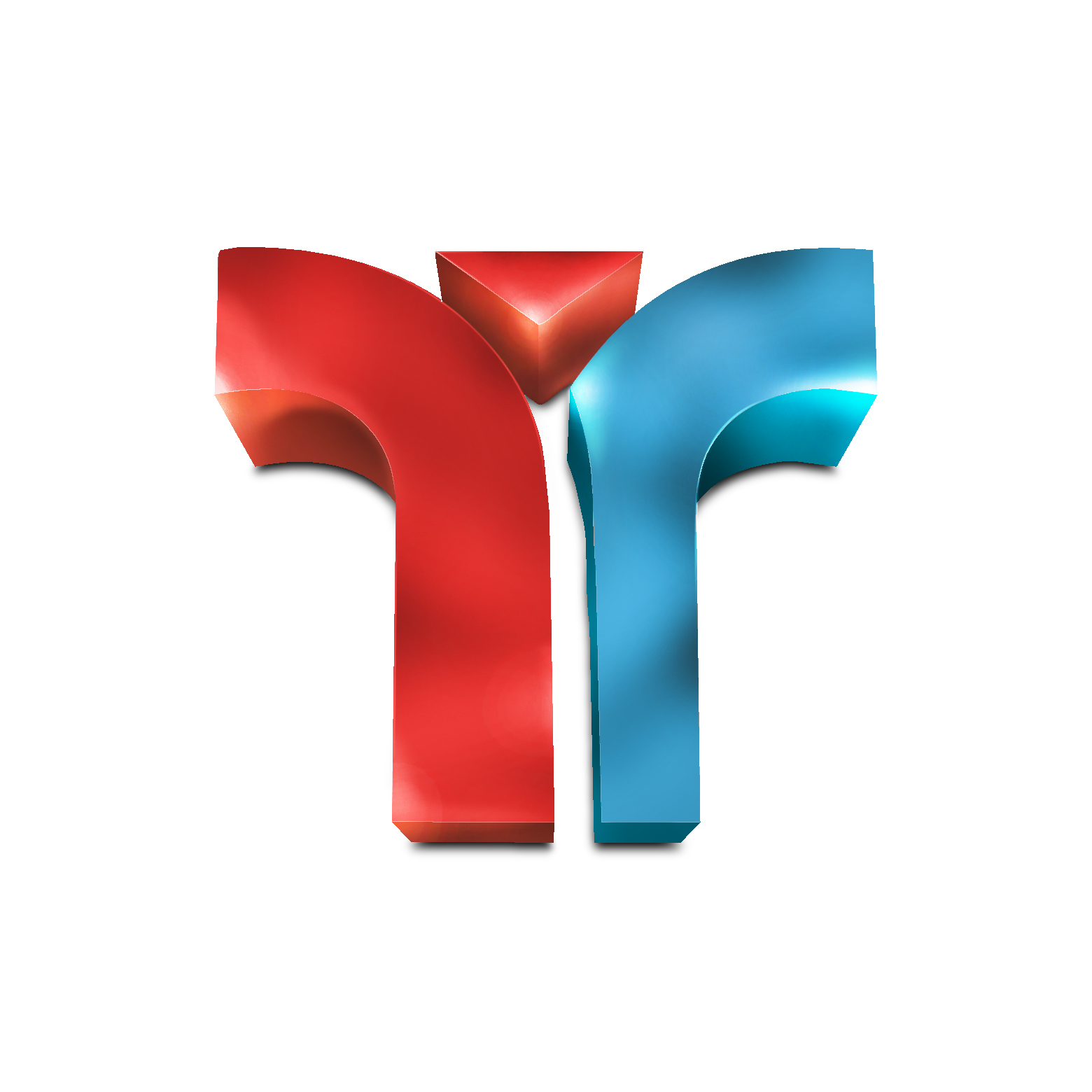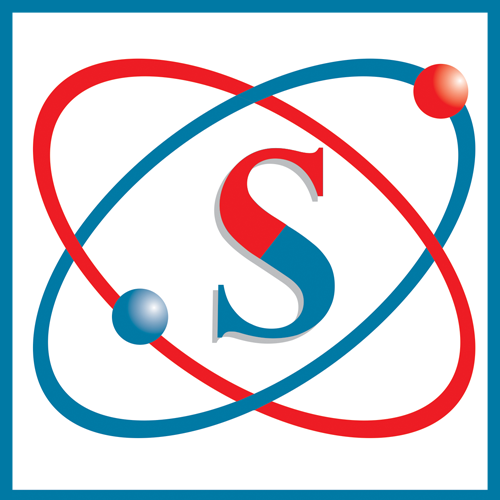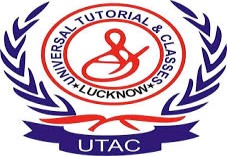Coming from a Windows or Mac environment, you may probably have heard of the Linux operating system and all the glorious features and applications it comes with. So what’s Linux? Developed by Linus Torvalds in 1991, Linux is a free and opensource operating system that is widely used for commercial/enterprise purposes and also available for home users and hobbyists who want to try out a thing or two. By free we mean that the operating system, unlike Windows, is free for download and use and you can freely redistribute copies without worrying about breaching any law. Being opensource implies that you can view the source code of the kernel and other applications and make improvements that you can later share with other developers. Cool right?
How different is Linux?
At the core of Linux is the Linux kernel which is a software that interfaces the software applications and the hardware components of your PC. The Linux article is constantly maintained by a group of vibrant Free and Opensource Software developers who ensure that the kernel is stable, bug-free and reliable under the General Public Licence (GPL). The GPL license ensures that all changes or modifications made to the kernel and other applications are in the public domain for anyone to view and access. In sharp contrast, Windows is a proprietary and closed source. After the evaluation period is over, you have to buy a license key to continue using all the features it ships with and of course, Windows won’t let you in on its source code unless you are a Microsoft employee. It’s a criminal offense to reverse engineer the code.
In terms of usage, Linux is just like Windows with a graphical user interface with Windows, and icons that can easily be customized to your preference. However, as you continue learning Linux, it may be of great importance for you to learn basic Linux commands which are executed on the terminal. This is actually the preferred and more professional way of running you Linux system. In some cases, you may come across a minimal system (One without a graphical interface) and running command is your only way out. In the end, you will find a Linux command cheat sheet to help you get going.
Why use Linux?
This is usually the biggest question among users seeking to transition to the Linux world. Apart from being free to download and install and being opensource, Linux offers immense advantages over Windows & Mac. Let’s dive in and see a few of them:
Linux is stable and lightweight: Linux is a stable and efficient operating system that is resource-friendly (easy on RAM and CPU) and can even run on old PCs quite comfortably. For this reason, it’s the preferred choice of OS for Webhosting companies and also for developers.
Linux is customizable: Linux comes in a myriad of distributions allowing users to make tweaks to its look and feel. Some distributions such as Ubuntu, CentOS and Fedora are easy to tweak while others need a little bit of specialized knowledge to customize.
Ability to be installed on almost any PC: Due to its resource-friendly nature, most distributions are hardware compatible with almost any PC and can be installed on a PC with a minimum of 2G RAM.
Specialized distributions for certain purposes: Some Linux distros are specialized for certain purposes. For example, Kali Linux is ideal for Penetration Testing and Forensics, RedHat for web hosting companies, etc.
So which distribution is best for you?
Hundreds of Linux distros abound, and as a user looking to get started with Linux, you may find it quite confusing. Well, not any longer. There are quite a variety of distributions tailored for new Linux users making a foray into Linux. Some of them ship with easy-to-use desktop environments that are intuitive and some closely resemble the Windows Desktop.
Some of the best Linux distros ideal for beginners include:
1. Ubuntu
2. Debian
3. Linux Mint
4. Fedora
5. Manjaro
6. Zorin OS
7. Elementary OS
Getting started with Linux commands.
Here’s a Linux command cheat sheet to help you get started with the basics
1. date – Displays the current date and time.
2. cal – DIsplays the calendar date of the month or of the whole year.
3. ls – Lists the contents of a directory.
4. pwd – Lists your current working directory.
5. cp – Used to copy files or directories from one location to another.
6. mv – Used to move files or directories from one location to another.
7. mkdir – Short for Make Directory. Used for creating new directories.
8. rmdir – Used to delete an empty directory
9. touch – Used to create a file(s)
10. rm – Used to delete files/folders with contents.
The takeaway
Looking forward to making a transition into Linux? Don’t worry. It’s probably the best decision you’ll make. In this guide, we have provided you with the basics that will help kickstart your Linux journey.
You Might Want To Read:
Jee Mathematics Notes 28, Type Of Strange Operator, Chemistry Question Paper 2 2014, Ugc Net Hindi Mock Test Paper 11, Domestic Workers Sector Skill Council Dwssc Practice Test, Chanakya Ias Academy Two Year Upgraded Foundation Course, Amiete Et Old Scheme Engineering Graphics Mock Test Paper 96, Law Coachings In Lucknow, Ugc Net Human Right Question Paper 1 2010, Best Gmat Coaching Institutes In Allahabad
Leave your vote
This post was created with our nice and easy submission form. Create your post!










Like what you read? Give author a thumbs up?
Bookmark this article to read later, drop a remark in comment section and share with your friends..